The Coordination Council of the Russian Academy of Sciences raised the issue of deserted arable land and social catastrophe in villages
In Russia today there are 20 million hectares of abandoned arable land, 25 thousand out of 65 thousand settlements are left without people. Such shocking figures were presented on December 7 at the Interdepartmental Coordination Council of the Russian Academy of Sciences for research in the field of agro-industrial production and integrated development of rural areas by Vice-President of the Russian Academy of Sciences Nikolai Dolgushkin.
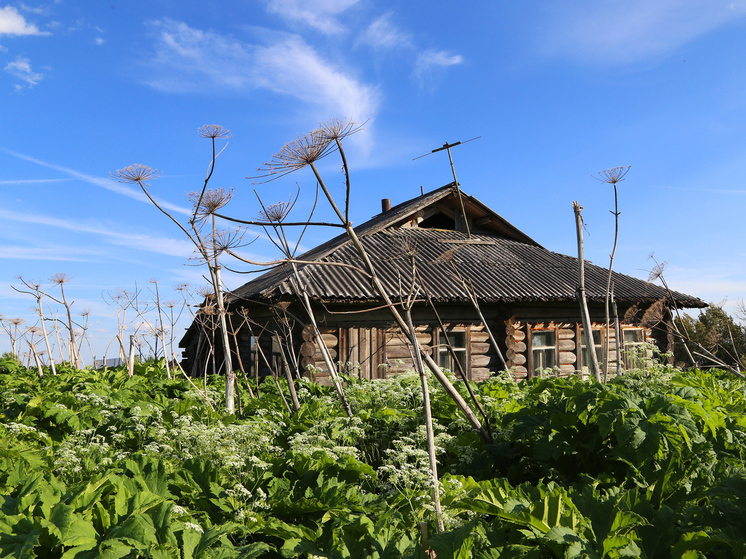
The academician at the beginning spoke about 10 percent of the unemployed in rural areas: “On the one hand, the figure is small, but we must take into account that this is the average temperature in the hospital.”
Unemployment, according to Dolgushkin, is associated with unused arable land. If in the North Caucasus, in the Rostov and other southern regions the percentage of uncultivated land fluctuates around zero, then in the Non-Black Earth Region the situation is simply catastrophic: in the Vologda region there are such lands – 50%, in Ivanovskaya – 63%, in Yaroslavl – 64%, and in the rich Kostroma region even – 70(!)% of abandoned arable land.
“Total unused arable land in Russia – about 20 million hectares, – said the academician. – In 1954-56, exactly the same amount of virgin land was raised, – it turns out we have returned again to the state in which our country was 70 years ago.”
A sad increase, according to him, is also observed in the area of “social desertification,” – the number of settlements without residents has already approached 25 thousand, – this is 16% of the total number of villages and hamlets (according to 2002 data there were 8%). In 40 percent of settlements, only 10 to 50 people live, that is, they are also candidates for becoming deserted “ghost” villages.
Chairman of the State Duma Committee on Agrarian Issues, Academician Vladimir Kashin, added to the sad picture the most deserted administrative districts. «Champion» Among them is the Northwestern Federal District, followed by the Far Eastern and Central Federal Districts.
“Without understanding what is happening, we will not be able to solve the problem with personnel, – Kashin said. – What can we talk about here if there will soon be nowhere to find a machine operator! the speakers came to the conclusion. “We need to breathe life into the villages, re-build hospitals, cultural centers, sports stadiums and production centers in the villages. Belarusians – nearby, they showed how to act,” – the parliamentarian noted.
The productivity of agriculture depends on many components. One of them, of course, is scientific personnel.
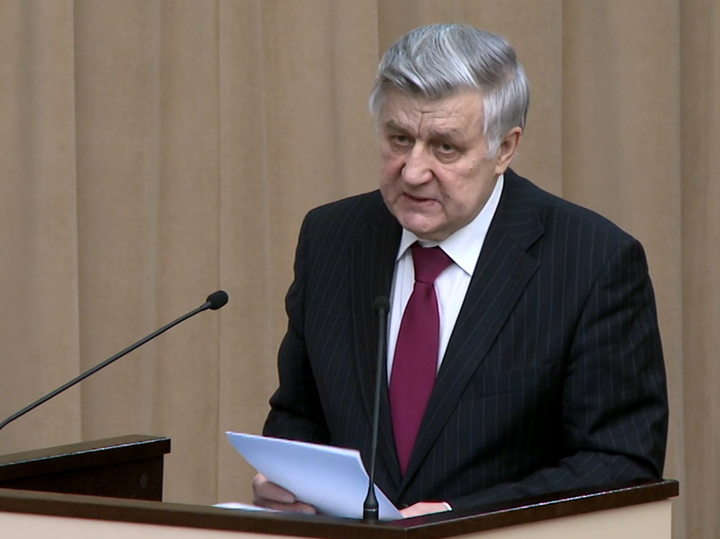 Nikolai Dolgushkin
Nikolai Dolgushkin
“The share of science has been noticeably declining in recent years, both in the fundamental field and in the field of applied developments, – Nikolai Dolgushkin said. – Over the past 10 years since the merger of the three academies into one, the number of researchers as a whole has decreased by 10.6% – today there are only 350 thousand of them. Russia from the 4th place in the world has fallen to 6th, and if you look at the number of researchers per 10 thousand people of the economically active population, we have only 55 people. This corresponds to 38th place in the world. In the European Union this figure is 120-150 people, and in Korea, Israel, the Netherlands, – 170-180 people. A particularly alarming situation is noted in the field of agriculture: In just 10 years, the number of researchers has decreased by 33%. Today, the share of such scientists is 2.8% of the total number of researchers, – this is the lowest figure in the world! In the EU countries it is on average 2-3 times higher for example, in the Netherlands alone it is 7.6%.»


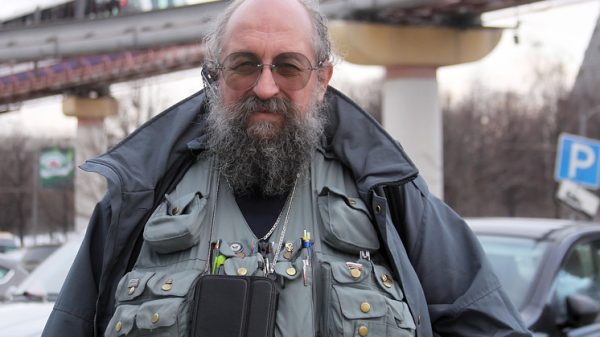




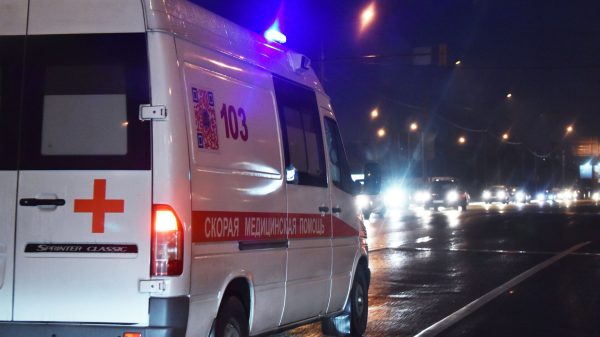
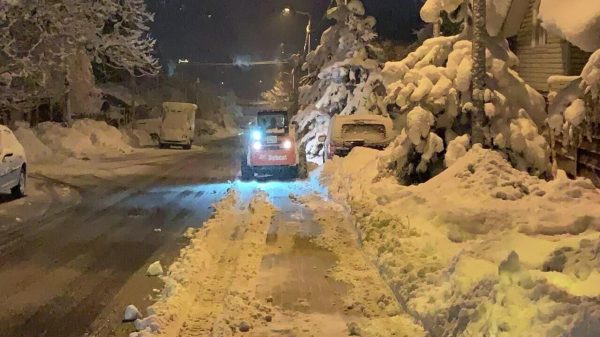

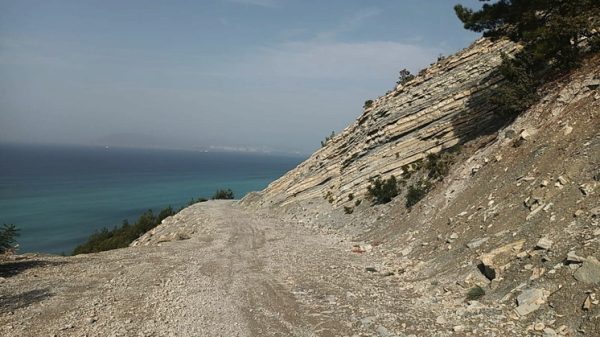
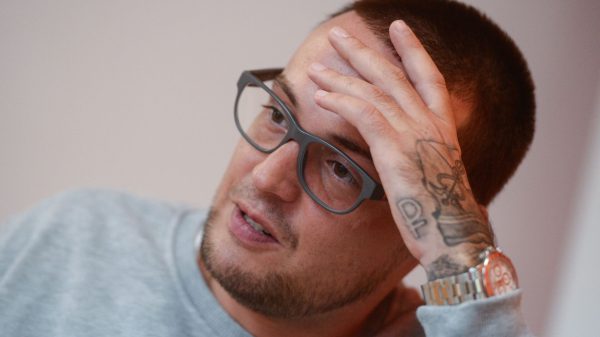

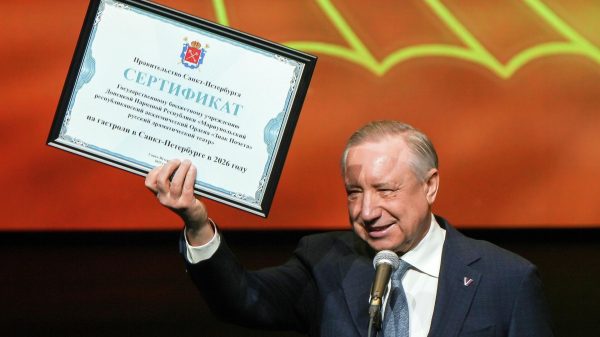






















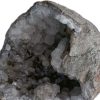
















Свежие комментарии